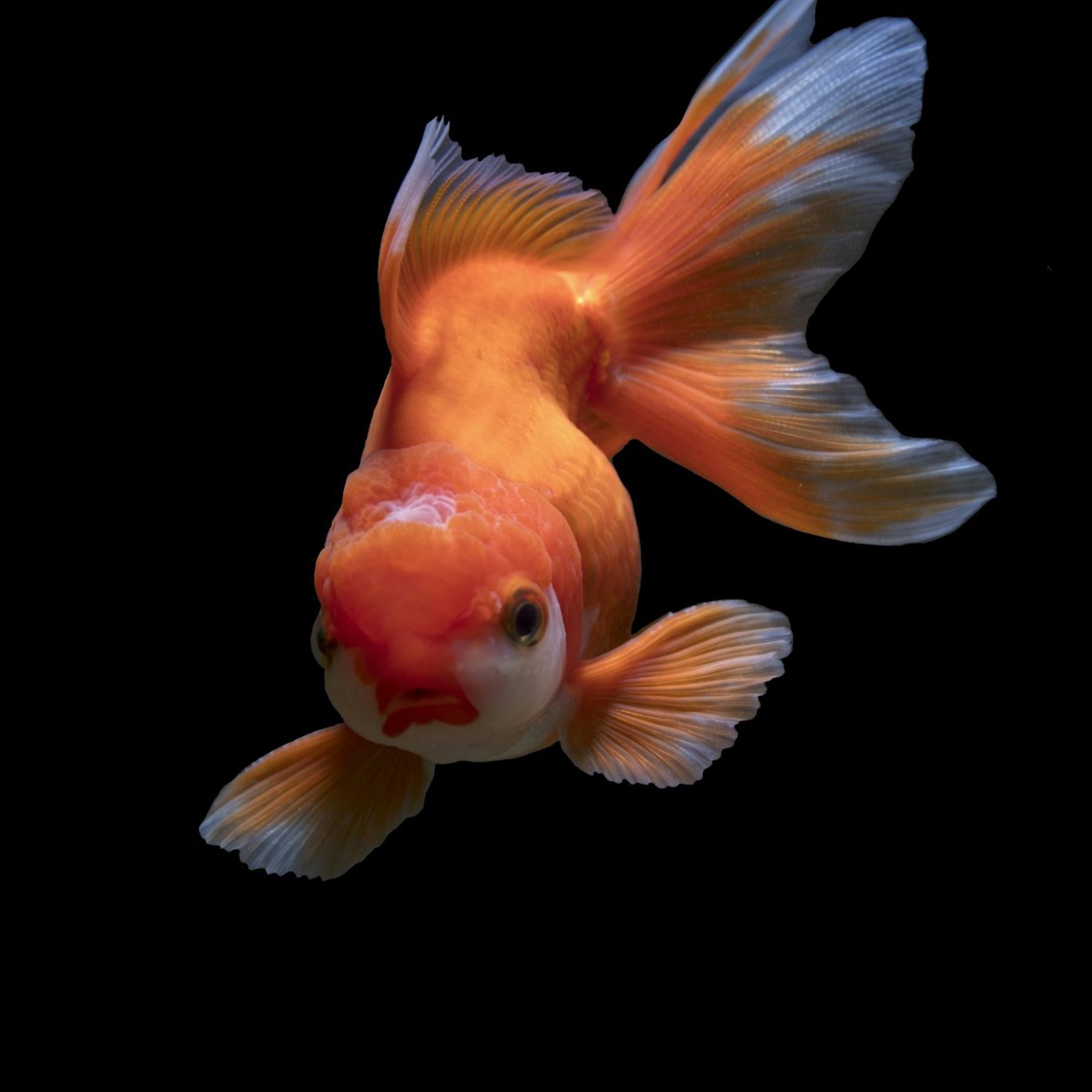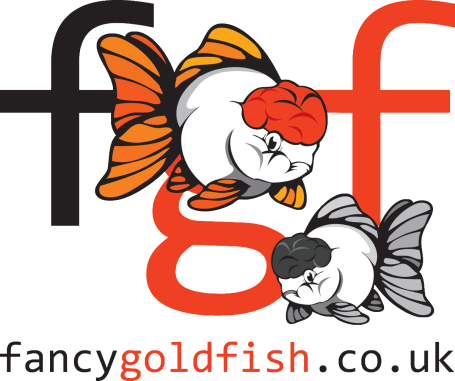Understanding the Aquarium Water Cycle: The Key to a Healthy Tank
If you’re setting up a new aquarium, understanding the water cycle (also called the Nitrogen Cycle) is essential. Without it, your fish could suffer from toxic water conditions, leading to stress, illness, or even death.
So, what exactly is the water cycle, and why is it so important? Let’s break it down!
The Nitrogen Cycle: Nature’s Filtration System
In a natural environment, fish waste and other organic materials are broken down by beneficial bacteria. In an aquarium, we need to establish this same process to keep the water safe.
The nitrogen cycle happens in three main stages:
Stage 1: Ammonia (NH3) – The Silent Killer
🔹 Fish waste, uneaten food, and decaying plants release ammonia into the water.
🔹 Ammonia is highly toxic—even small amounts can burn fish gills and cause stress.
🔹 Without proper filtration, ammonia will build up quickly, poisoning your fish.
Stage 2: Nitrites (NO2) – Still Dangerous!
🔹 Beneficial bacteria start to grow and convert ammonia into nitrites.
🔹 While nitrites are slightly less toxic than ammonia, they can still harm fish by interfering with their ability to absorb oxygen.
🔹 If nitrites spike, fish may show signs of stress, gasping for air or becoming lethargic.
Stage 3: Nitrates (NO3) – The Final Breakdown
🔹 Another type of beneficial bacteria converts nitrites into nitrates.
🔹 Nitrates are much less toxic but can still be harmful in high concentrations.
🔹 Regular water changes help keep nitrate levels safe.

Ammonia (NH3)
This is produced from fish waste, uneaten food, and decaying plants. Even at low levels, ammonia burns the gills of fish, making it hard for them to breathe.
Nitrites (NO2)
When beneficial bacteria break down ammonia, they produce nitrites. These are still harmful and can prevent oxygen from binding to your fish’s blood, leading to suffocation.
Nitrates (NO3)
Further breakdown of nitrites produces nitrates. While less toxic, high nitrate levels can still cause stress, poor growth, and health issues over time.

How to Cycle Your Tank Properly
To establish a healthy water cycle, follow these steps before adding fish:
✅ Set up your tank – Add a good-quality filter and fill the tank with dechlorinated water.
✅ Introduce an ammonia source – Add fish food, pure ammonia, or a hardy fish species (fishless cycling is recommended).
✅ Monitor water parameters – Use a test kit to track ammonia, nitrite, and nitrate levels.
✅ Wait for bacteria to grow – Cycling takes 4-6 weeks, so be patient!
✅ **Do not add fish until ammonia and nitrites are at zero, with nitrates present.
Signs That Your Tank is Fully Cycled
✔ Ammonia = 0 ppm
✔ Nitrites = 0 ppm
✔ Nitrates = 5-40 ppm
Once your tank is cycled, it’s safe to slowly introduce fish. Adding too many fish at once can overwhelm the system, so start with a few and monitor water quality.
Keeping the Cycle Stable
Once your tank is cycled, it’s important to maintain water quality to keep the cycle running smoothly:
🔄 Perform regular water changes (25-50% weekly) to keep nitrates low.
🔄 Clean your filter, but don’t replace all the media at once—this removes beneficial bacteria.
🔄 Test your water regularly to catch any issues early.
🔄 Avoid overfeeding to prevent ammonia spikes.
A Healthy Cycle = A Thriving Tank
The nitrogen cycle is the foundation of a successful aquarium. By understanding how it works and taking the time to cycle your tank properly, you’ll create a safe and stable environment for your fish to flourish.
💡 Pro Tip: If you need to set up a new tank quickly, using filter media or substrate from an established tank can help jumpstart the cycle!
With a little patience and regular maintenance, your aquarium will stay crystal clear and full of happy, healthy fish!


Common types of fancy goldfish
- Fantail – Basic fancy goldfish with a split tail and egg-shaped body.
- Ryukin – Hump-backed, deep-bodied, with a long or short tail.
- Telescope Eye – Large, protruding eyes with a rounded body.
- Black Moor – A black variation of the telescope goldfish, velvety appearance.
- Veiltail – Long, flowing tail and elegant appearance.
- Butterfly Telescope – Wide, butterfly-shaped tail when viewed from above.
- Oranda – Distinctive head growth (wen), sleek body, and flowing fins.
- Ranchu – No dorsal fin, rounded back, prominent wen (head growth).
- Lionhead – Similar to Ranchu but with a more pronounced wen.
- Tosakin – Rare, fan-shaped tail that curls inward.
- Pearlscale – Round body with raised, bead-like scales.
- Bubble Eye – Fluid-filled sacs under the eyes, delicate and unique.
- Celestial Eye – Upturned eyes, no dorsal fin, sleek body.

©Copyright. All rights reserved.
We need your consent to load the translations
We use a third-party service to translate the website content that may collect data about your activity. Please review the details in the privacy policy and accept the service to view the translations.
